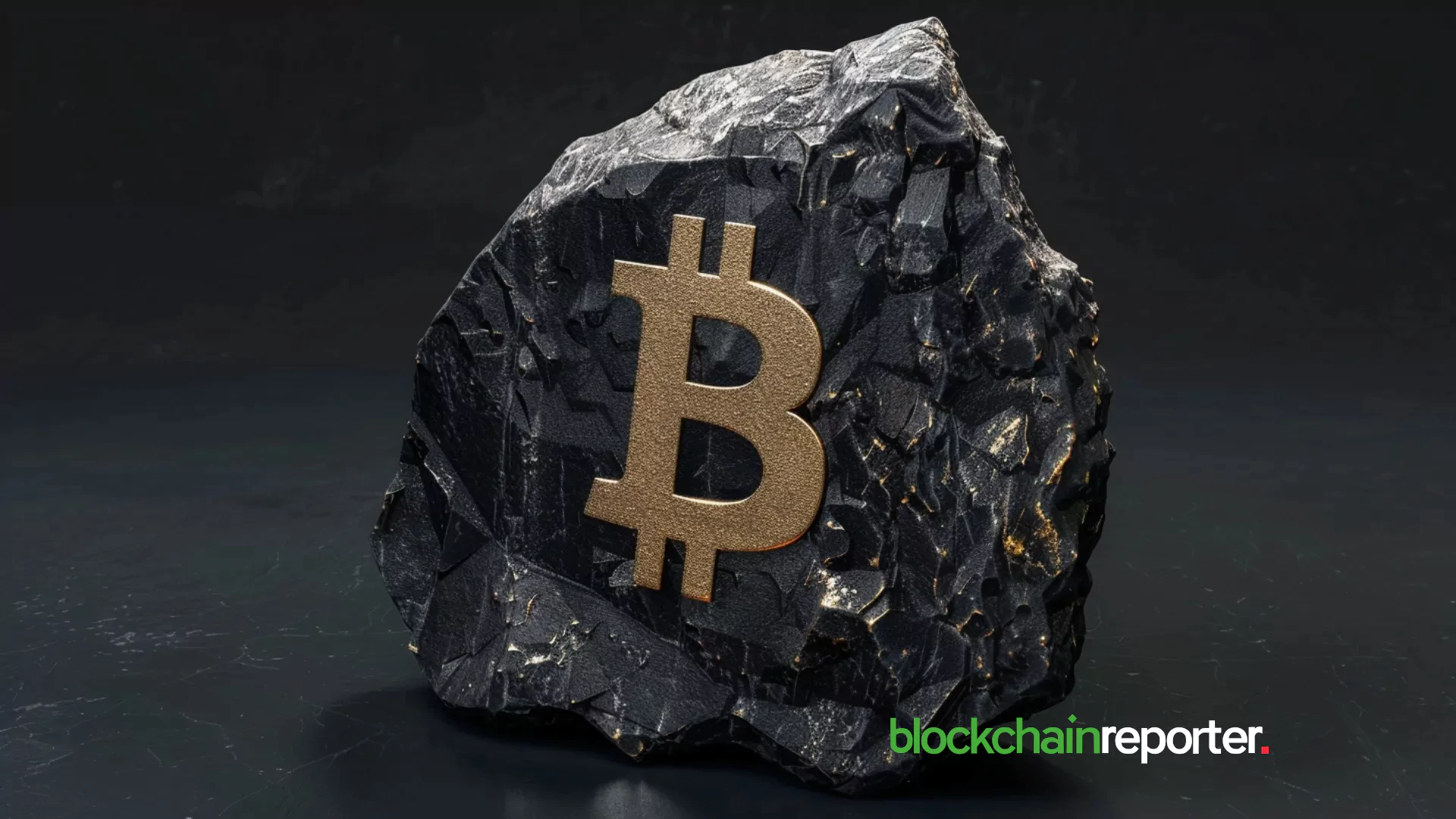How InfoFi is Rebuilding People’s Trust in Crypto



For every project that has brought us a step closer to the grand vision of a decentralized future, there’s been a rug-pull, a hack, an SEC lawsuit, a project crumbling under the weight of its own ambition – you get the gist. To say the industry has earned its Wild West reputation is like saying Al Capone merited his image as a troublemaker.
From Ponzi schemes masquerading as beneficent ‘bank the unbanked’ protocols to insider-driven token dumps, crypto is all too often undermined from within. Little wonder investors blow off steam by trading humorous memes and cynical soundbites.
While it’s tempting to attribute this erosion of trust to tech-savvy recidivists, the blame lies with structural deficiencies in Web3 infrastructure itself. For all we brag about how transparent the industry is, most of us are incapable of parsing and assessing the ample blockchain data that’s readily available.
An antidote to the apathy has presented itself in the form of InfoFi – Information Finance – which turns raw ledger data into clear, actionable insights. InfoFi could be the foundational shift the industry needs, giving those proclamations of transparency a leg to stand on and helping rebuild confidence in crypto once and for all.
The Trust Deficit and InfoFi’s Rise
Public blockchains were designed to be open, but without the right tools, they’re little more than labyrinths – piled-up haystacks whose nuggets of wisdom are near-impossible to extract, much less decipher. One consequence of this is a preponderance of scams whose authors know regular users don’t have the time, energy or ability to identify the red flags.
InfoFi addresses this by turning blockchain’s raw data into structured, user-friendly intelligence, enabling anyone to verify a project’s bonafides before investing. Happily, the benefits flow to all ecosystem participants: retail traders gain the power to spot scams, institutional investors can carry out their due diligence, and regulators can track illicit activity and tick the boxes that need to be ticked.
Born from the ashes of speculative frenzies that rewarded hype (and cronies) over substance, InfoFi makes on-chain data – wallet connections, memecoin token distributions, whale movements etc – accessible to all, and in so doing, deters bad actors from running their favorite grifts.
In short, it levels the playing field, letting every user take advantage of the inherent benefits of blockchain technology.
InfoFi’s Visual Layer
Bubblemaps is a prime mover in the growing InfoFi landscape. A data visualization platform that makes blockchain-based analysis more accessible, it generates bubble maps – hence the name – to show things like token holdings, the better to identify insider collusion or impending token dumps. As such, it is proving to be an indispensable tool for scam-wary DeFi investors.
In May of this year, Bubblemaps’ token clusters highlighted the potential dangers of investing in a fake Eric Trump-themed memecoin minted on Pump.fun: the platform’s data showed that over 91% of the asset’s supply was concentrated across ten token clusters/wallets, indicating a heightened risk of price manipulation or a sudden liquidity withdrawal.
Founded in 2022, the year of the FTX imbroglio, Bubblemaps has quickly become a go-to resource for millions, and has been integrated on an array of trusted platforms like Etherscan, DEXScreener, and CoinGecko. Its V2 platform, launched earlier this year, supports multiple blockchains (Ethereum, Solana, Polygon and others), giving users the power to uncover hidden wallet connections and expose historical trends.
Bubblemaps’ utility token (BMT) is central to the ecosystem, enabling governance, unlocking premium features, and rewarding proposals submitted to the Intel Desk, a community-driven investigative platform that harnesses the wisdom of the crowd. The tokenomics are such that Bubblemaps operates much in the manner of a decentralized watchdog, one whose goal is to combat cynicism and chicanery with clarity and confidence.
Of course, Bubblemaps is just one of several entities looking to take the fight to the Web3 fraudsters. Others include Kaito AI, Cookie.fun, Ethos Network and XHunt.
DeFi Deserves InfoFi
Given the permissionless nature of DeFi, forensic-grade analytic tools are a necessity to see through the smoke and mirrors. Although the regulatory picture has brightened thanks to a largely pro-crypto administration, the availability of such tools can only help in that regard, too.
To foster trust and set the scene for further growth, not to mention stick one in the eye of black-hat hackers everywhere, the crypto industry must coalesce around transparency as a core principle. With InfoFi tools becoming more widely available, perhaps the Wild West reputation is finally on borrowed time.

Pakistan’s Federal Cabinet Authorizes Regulatory Body for Virtual Assets
The federal cabinet of Pakistan has granted permission for the establishment of the Pakistan Virtual...

BlackRock’s Bitcoin ETF Surpasses 700K BTC as Institutional Buying Outpaces Mining Supply
BlackRock’s IBIT surpasses 700K $BTC, holding 55% of U.S. ETF supply, as SEC eyes faster crypto ETF ...

T, AB, GNS, SEI, & HSK Lead Top Crypto Assets in Strong Accumulation Phase, Sets for Price Rally
These are the top crypto assets in a strong accumulation phase across all types of investors, signal...

